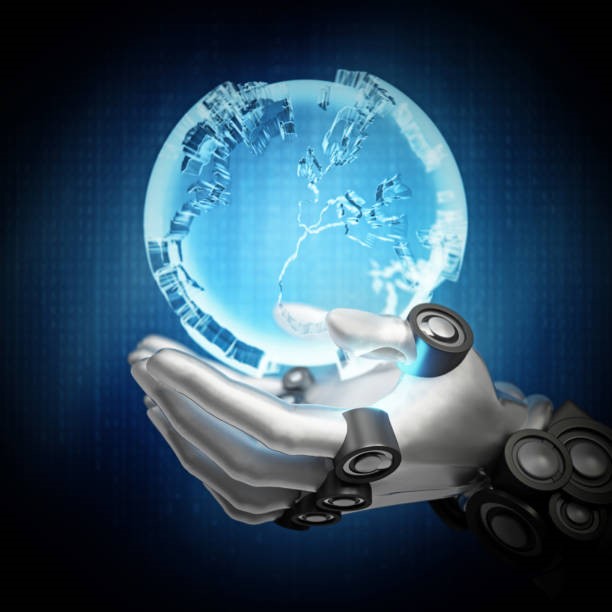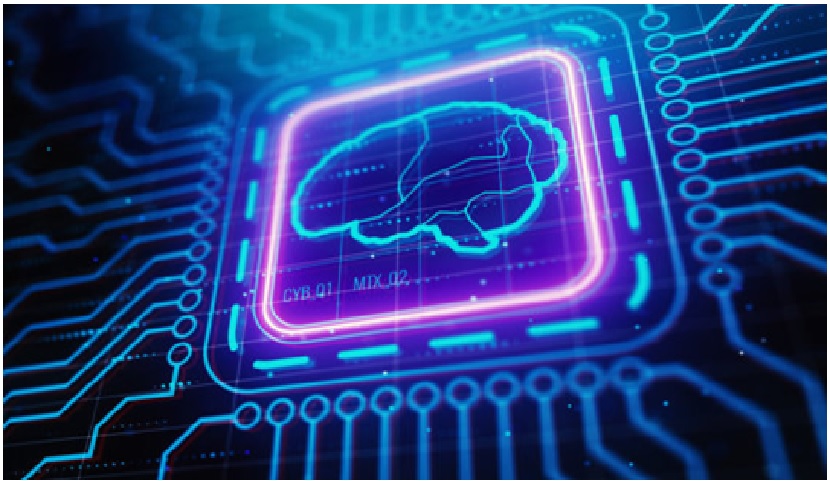AI-Assisted Decision-Making
AI-assisted decision-making refers to the use of artificial intelligence (AI) technologies to help humans make decisions in various domains. AI can provide analysis, recommendations, and predictions based on large amounts of data, which can be used to inform human decision-making processes.
Decision-making assistance by artificial intelligence (AI) during design is only effective when human designers properly utilize the AI input. However, designers often misjudge the AI’s and/or their own ability, leading to erroneous reliance on AI and therefore bad designs occur. To avoid such outcomes, it is crucial to understand the evolution of designers’ confidence in both their AI teammate(s) and themselves during AI-assisted decision-making.[1]

Figure 1. AI-assisted decision-making
Figure 1 shows AI-assisted decision-making is used in a variety of fields, including finance, healthcare, manufacturing, and transportation. For example, AI algorithms can analyse financial data to help traders make investment decisions, or analyse medical records to help doctors diagnose diseases and recommend treatments.
AI-assisted decision-making refers to the use of artificial intelligence (AI) to help humans make better and faster decisions by processing vast amounts of data and providing insights and recommendations.
Here are some additional pieces of information related to AI-assisted decision-making:
- Types of AI-assisted decision-making:There are several types of AI-assisted decision-making, including predictive analytics, prescriptive analytics, and cognitive computing. Predictive analytics uses historical data to predict future outcomes, prescriptive analytics provides recommendations on the best course of action, and cognitive computing uses natural language processing and machine learning to understand and process unstructured data.
- Advantages of AI-assisted decision-making:AI-assisted decision-making can provide several benefits, such as increased efficiency, improved accuracy, and cost savings. It can also help humans to make more informed decisions by analyzing data from a wide range of sources and identifying patterns and trends that may not be immediately obvious.
- Risks and challenges:There are also risks and challenges associated with AI-assisted decision-making, such as the potential for biased algorithms and the lack of transparency in how AI systems make decisions. It is important to ensure that AI systems are developed and used ethically and transparently, and that humans retain oversight and control over the decision-making process.
- Applications of AI-assisted decision-making:AI-assisted decision-making is used in various fields, including finance, healthcare, logistics, and marketing. For example, in finance, AI algorithms can analyze market data to predict stock prices and identify investment opportunities. In healthcare, AI can help doctors to diagnose diseases and develop personalized treatment plans based on a patient's medical history and genetic information.
- Future developments:The field of AI-assisted decision-making is rapidly evolving, with ongoing advancements in areas such as deep learning, natural language processing, and explainable AI. These developments are likely to lead to even more sophisticated and accurate AI-assisted decision-making systems in the future.
However, there are also concerns about the potential risks of AI-assisted decision-making. AI systems may be biased or make incorrect predictions based on incomplete or inaccurate data. In addition, there is a risk that humans may rely too heavily on AI recommendations and abdicate their own decision-making responsibilities.
To address these concerns, it is important to ensure that AI systems are developed and used ethically and transparently. This includes ensuring that data used to train AI systems is unbiased and representative, and that humans are involved in the decision-making process to provide oversight and accountability.
References:
- https://asmedigitalcollection.asme.org/mechanicaldesign/article-abstract/145/3/031401/1143465/The-Evolution-and-Impact-of-Human-Confidence-in
Cite this article:
By:Janani R (2023), AI-assisted decision-making, AnaTechMaz, pp.296















